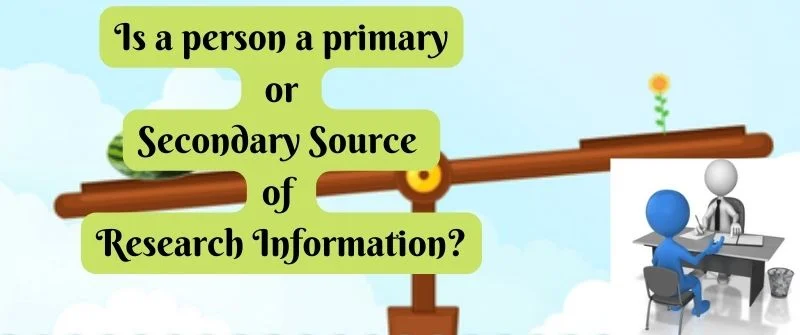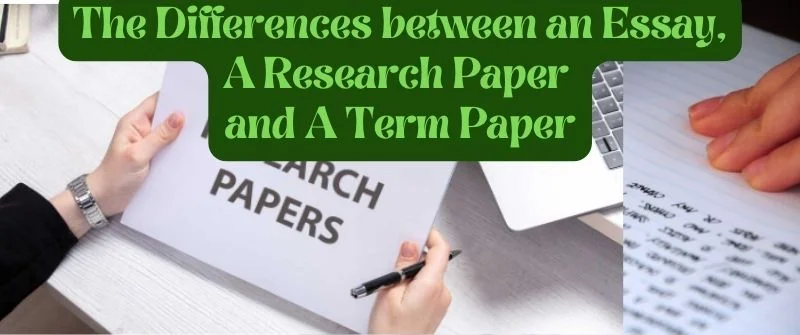Can Professors Detect Plagiarism: How do the Teachers Check
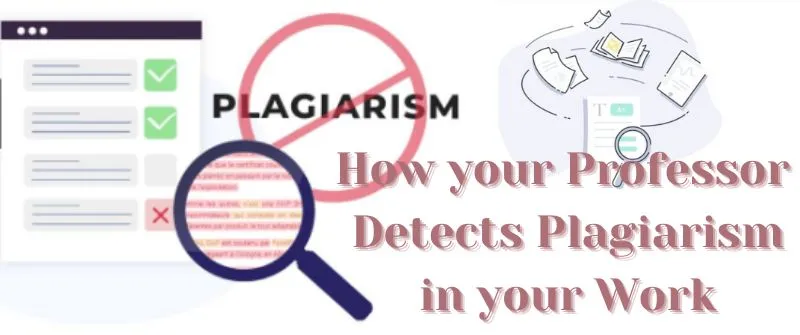
Professors can detect plagiarism by using plagiarism detection software and physically re-reading the students’ work.
If the paper or part of it matches what has been previously published on the internet, the professor will know a student plagiarized.
Professors now use plagiarism scanners like Turnitin and SafeAssign to compare a student’s paper and existing content on the internet.
People Also Read: Paid Assignment Writing: Finding Students’ Online Help
How Does a Teacher Know If You Plagiarized?
Presently, learning institutions are advancing by devising new methods of detecting teaching. There are now new ways teachers can use to check duplicate content in a student’s assignment.

Even though it can be difficult to detect plagiarism if the teacher is new, some general rules can still give a red flag. The following are some of the ways teachers use to detect plagiarism:
1. Comparing Students’ Paper
A teacher can look at students’ papers and check if there are any similarities. This makes it easy to notice if they copied from each other. The comparison can also help to know if the students have been getting answers from the same source.
In-class plagiarism is one of the forms of cheating that a teacher can detect by comparing students’ papers in class. There are smart ways a student can paraphrase their work and not be caught.
2. Reading Text
Going through the student’s paper gives a teacher the chance to look for occurrences of plagiarism. Most teachers are already familiar with the student’s capabilities and knowledge. Therefore, the appearance of unexpected words proves that it is not their writing capabilities.
The use of high-level academic words that are beyond the stage of the class is a dead giveaway of possible plagiarism.
The same case applies to a strange writing style. If a teacher knows the students well, it is easier to mark how each one of them organizes their texts. The headings, subheadings, user of complex sentences, and organization of texts can help a teacher to know if there is cheating.
3. Checking the Format of Writing
As aforementioned, teachers who are familiar with students can easily know if the writing is different. A student who copied work from another source will not be consistent with his or her usual writing format.
The colors, fonts, and general formatting styles can give a teacher the clue to suspect cheating. Even though it is not direct evidence, inconsistent formatting gives the teacher a need to check for plagiarism deeper.
4. Noticing Poor Referencing
Referencing is very crucial in academic assignments. Teachers read students’ papers to check if the referencing has been done appropriately or if there is no referencing at all.
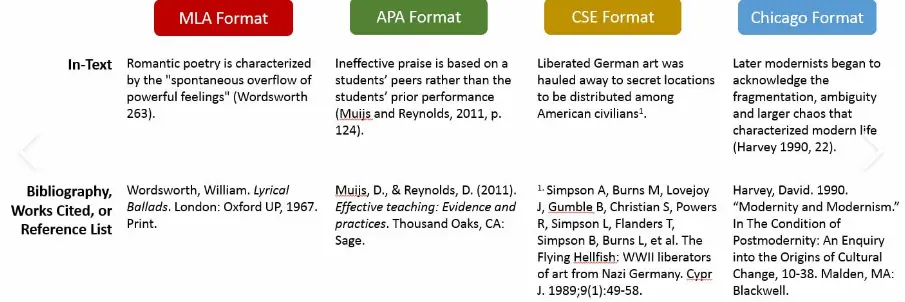
In this case, a student submitting unreferenced work indicates that the ideas and facts in the paper are from another source.
Students have to use appropriate references as a way of providing evidence that supports all assertions and declarations in the paper.
People Also Read: Someone Copied Your Assignment: What Happens & What to Do
The Methods Used By Universities To Detect Plagiarism
As universities struggle to contain the high number of student intakes, detecting plagiarism also becomes a challenge. Checking every student’s work manually overwhelms the professors.
Luckily, the following clever means of detecting cheating can be used by universities:
Plagiarism scanners
Apart from checking the writing physically universities now use plagiarism scanners to detect plagiarism. Learning institutions are no longer depending on free scanners but on advanced software that can check every sentence in a student’s paper.
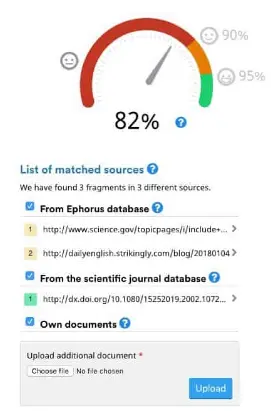
Students now have to submit their work directly through plagiarism scanners such as Turnitin, Grammarly, and SafeAssign. These websites have a myriad of databases that store previously published work.
The services scan the students’ work by making a comparison with what is existing on their databases and the internet. A report is then generated showing if any similarities indicate plagiarism. These tools also identify ai text.
Since universities started using this trick, students have been compelled to write papers on their own. Before submission, they make proper citations and use good plagiarism tools to scan their work.
Keeping databases
The majority of universities now keep databases of the previous work that students submit. Through these types of screening methods, they make a comparison of students’ research papers and essays.
In this way, it is easier for them to detect students submitting their previous assignments or unoriginal content.
Checking past papers
Universities store the past papers that have been previously submitted by students. For instance, admission essays are kept for future comparison with fresh applications that are being made by students.
If a student submits work that is similar to what is in their databases, plagiarism will be detected. It prevents students from reusing their assignments or copying already submitted work.
Format review
University professors also check the format review of the paper to establish any inconsistencies. All forms of plagiarism in a paper have differences that instructors are familiar with over their careers.
In terms of format, irrelevant subheadings, bad margins, and mixture tables are some of the red flags that professors use to identify possible plagiarism. When students do not follow the usual style of writing that the professor wants, it brings a lot of suspicions.
It could be a sign that the paragraph was a copy and paste.
Irrelevant papers
There are times when the professor gives prompts for assignment papers. In essence, it enables the learner to have a better view of the assignment. However, students who copy without checking the relevance of the prompt are likely to submit irrelevant work. In this case, an instructor will know that there is a possibility of plagiarism.
Plagiarism policy
To boost the integrity of students’ assignments, universities have plagiarism policies. These are policies that guide the professors and students to know exactly what entails or amounts to plagiarism.
These policies are meant to define plagiarism in an institution and give students a clear way of avoiding academic dishonesty.
People Also Read: Got So Much Homework, Don’t Cry, Here Is What to Do
How Professors Can Help Students Overcome Plagiarism
Writing Help
Offering writing help to students is important. In the initial stages of university, students can struggle to write research. This struggle is what coerces them to copy from other sources or plagiarise their work without knowing.

Professors can offer writing help and guidance that will help them perfect their writing skills gradually.
Emphasizing the Repercussions of Plagiarism
Some students practice plagiarism because they do not know the consequences. Professors in universities should start by explaining to students the purpose of research assignments. It is meant to help them absorb information, enhance learning and be able to explain it.
As an instructor, do not just let students know that plagiarism is wrong, let them be aware that the institution does not tolerate the vice.
After this, professors should let students know the university’s firm stand on plagiarism. Students should understand the punishments involved such as nullification of results, suspension from school, or total expulsion.
The awareness of these consequences deters plagiarism practices.
Training
Unfortunately, universities require students to submit original work that has no form of copying but does not focus on training the students to do so. University students are expected to avoid plagiarism on their own.
Those who are fresh from high school may not know the plagiarism policies of universities. Institutions of higher learning expect them to tackle research using ethical ways and produce original writing.
Training is good to instill the right skills in these students. Professors can explicitly teach the students skills of researching and writing without copying work from other sources. Training helps students to identify plagiarism.
In this way, they will understand what constitutes plagiarism and the best ways of avoiding it. This training should also revolve around citation and referencing.
Professors should teach students how to include quotes from points taken directly, citations of sources, and relevant references to avoid plagiarism.

When not handling complex essays and academic writing tasks, Josh is busy advising students on how to pass assignments. In spare time, he loves playing football or walking with his dog around the park.


